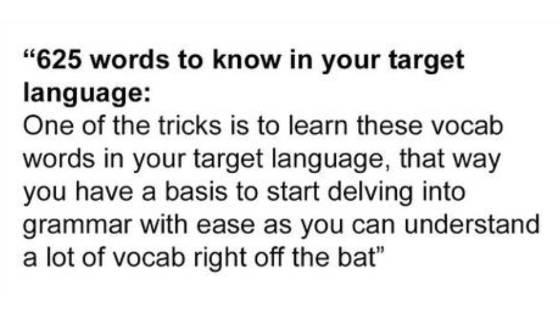Many of us have dreamed of traveling to a foreign country and quickly mastering the local language and culture. However, the reality of learning a new language is often more challenging and less idyllic than we imagine. But it doesn’t have to be that way. A viral Tumblr post by Asian-lang-stubyblr highlights a method from Fluent Forever that can aid you in becoming a polyglot.
The concept is straightforward: by learning just 625 words in the language you’re interested in, you can establish a strong linguistic base. This vocabulary will help you comprehend much of what people say and boost your confidence to explore more vocabulary and grammar. These commonly used words eliminate the need to learn rarely used ones like ‘apricot.’ Additionally, the words are visual, enabling you to use images for learning instead of translations. This approach facilitates faster learning and provides a robust foundation for mastering more abstract concepts and grammar in the future.
Though 625 words might seem like a daunting number, the list appears quite manageable and enjoyable upon closer inspection. Scroll down to read what Gabriel Wyner, the founder of Fluent Forever, said about this technique where he elaborates on the word list and shares additional tips for learning new languages.
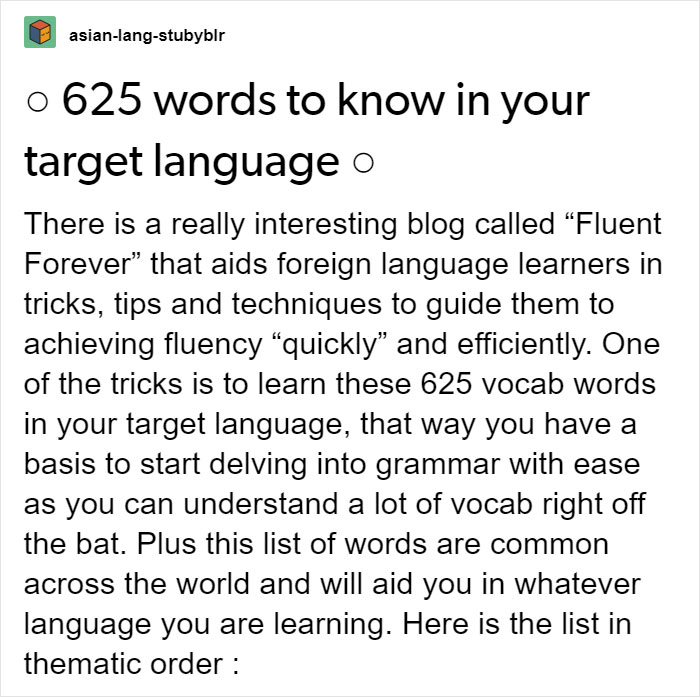


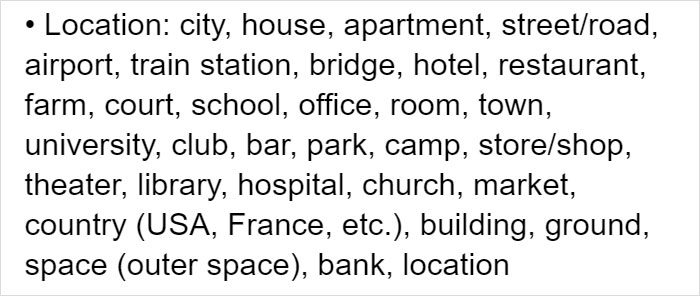


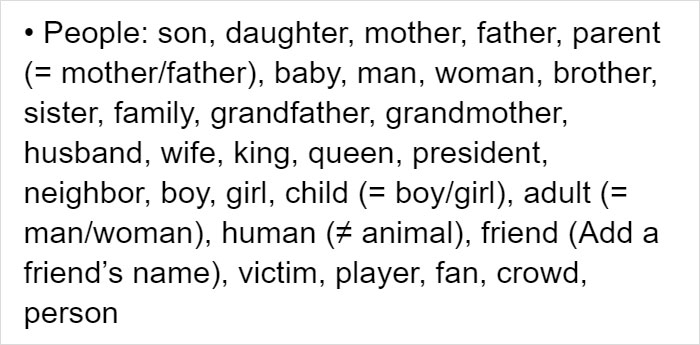

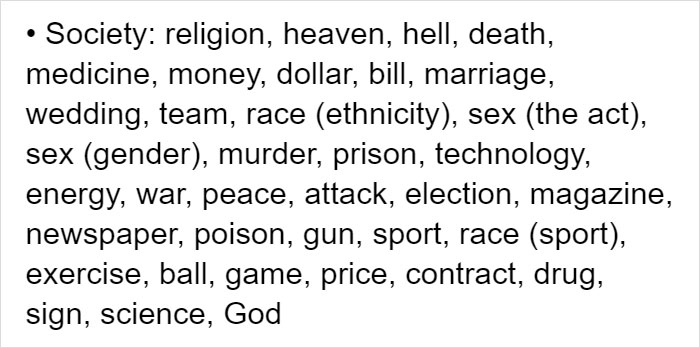



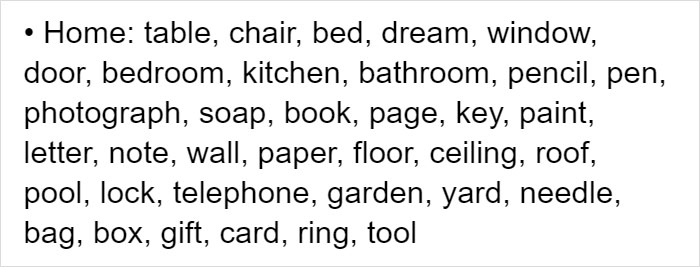








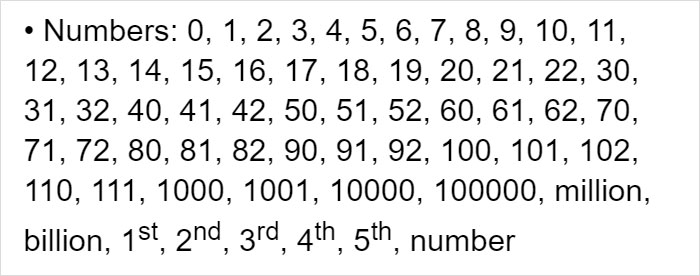



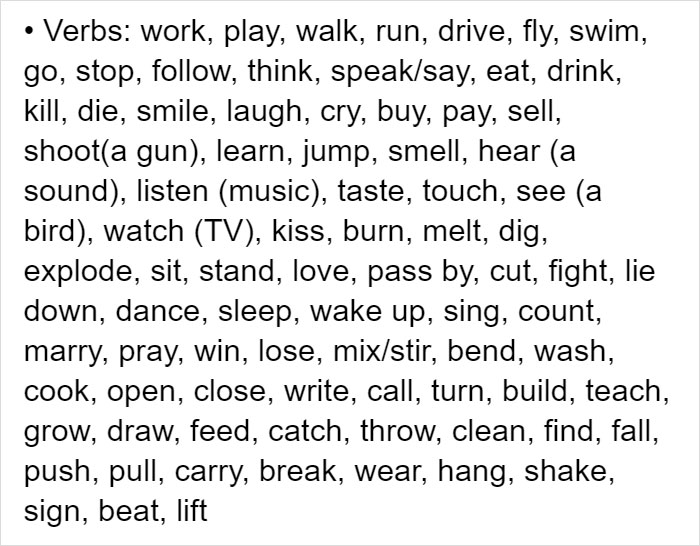
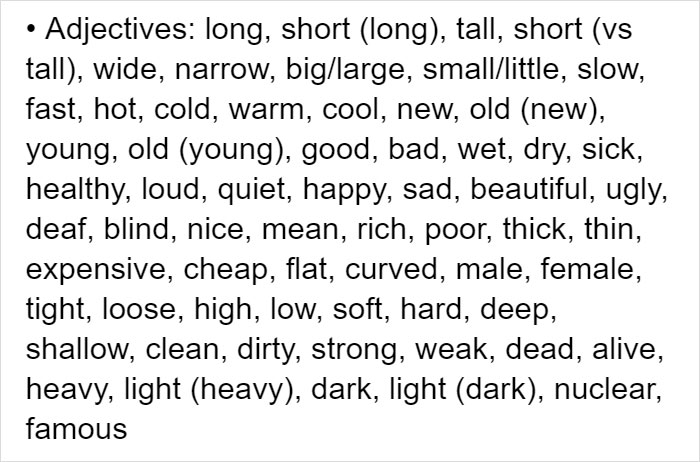

“It’s so critical that people avoid memorizing translations”
Gabe explains that the original list consisted of 400 words and was based on the General Service List for English. “I revised that list by removing non-visual terms and words specific to English. Over time, I realized that 400 words didn’t cover some essential concepts,” he said. This led him to add extra words from a more contemporary word frequency dictionary.
He mentioned that he and his team have made minor adjustments to the list when adapting it for new languages in their app. “Occasionally, certain words didn’t fit well for a particular language, but overall, the list has remained largely unchanged.”
Gabe also shared some advice for those enthusiastic about learning a new language. “It’s crucial to avoid memorizing translations. This common pitfall significantly reduces learning effectiveness. I believe it’s the top issue in language learning today. I discussed this in a TEDx talk that went viral a few years ago, which covers the research and provides a good summary of the problem.”
Learning words by category is harder than learning them randomly or in related groups.
According to the founder of Fluent Forever, the first step in learning a new language is mastering the pronunciation of its sounds. This makes the sounds feel less foreign, making it easier to remember words when you start building your vocabulary.
The Tumblr post presents Gabe’s list in various categories (like clothing, colors, etc.), making it straightforward but harder to learn. Gabe warns that learning words by category (e.g., clothing, then colors, then jobs) is about twice as difficult as learning words randomly (e.g., apple, dog, red) or in related groups (e.g., apple, sweet, to eat). He suggests alternative ways to order the list, which you can find on his website.
Wyner also recommends grouping words into stories, especially humorous ones, as it’s been proven that we remember funny things better.
Gabe achieved fluency in German in just 14 weeks, learned French in 5 months, and Russian in 10 months. He has also studied Spanish, Hungarian, and Japanese over the past few years. With such impressive results, it’s clear that his methods are effective.
